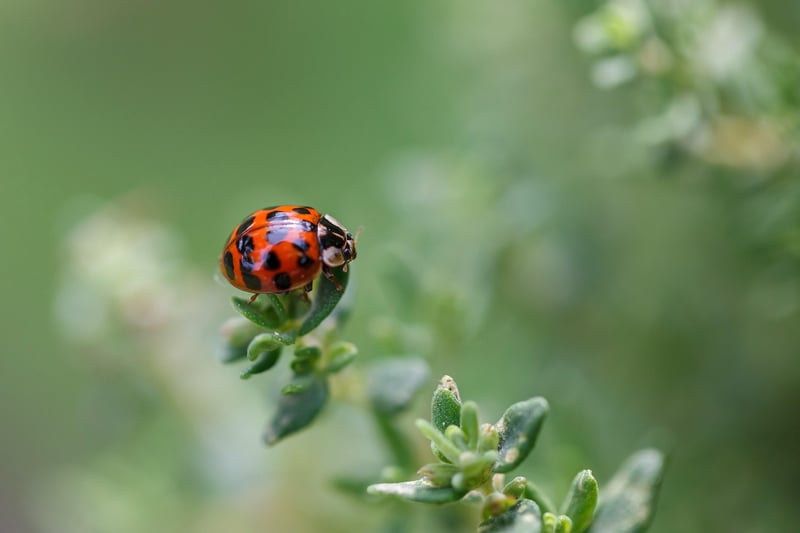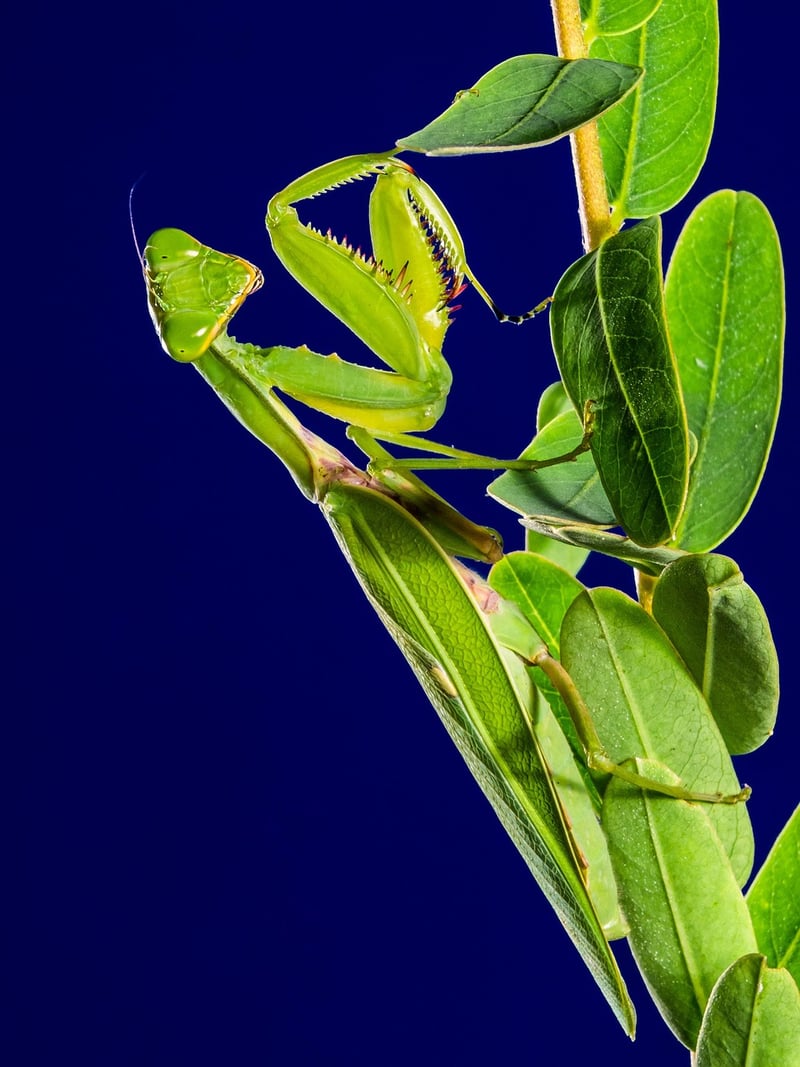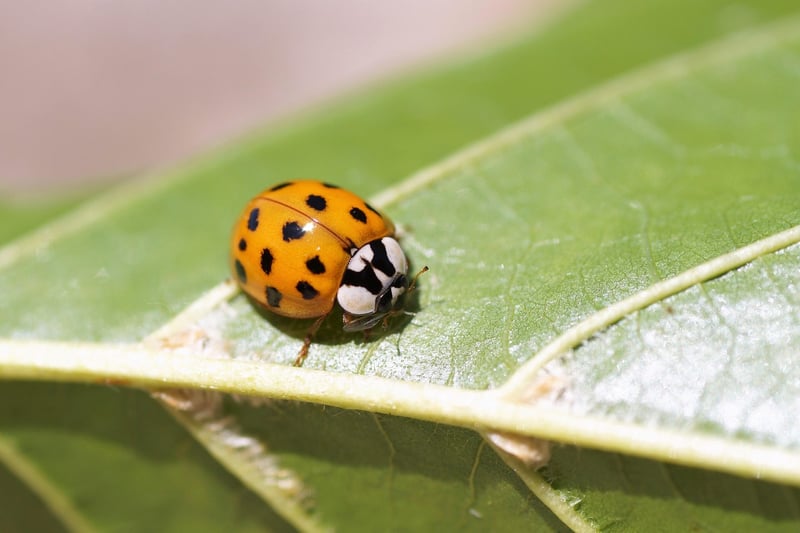Beneficial Insects
Protecting Your Plants with Beneficial Insects
As a plant lover, you know how important it is to keep your green friends safe from pests and diseases. While pesticides can be effective, they also come with risks to the environment and human health. Luckily, there is a natural and eco-friendly solution - beneficial insects!
What are Beneficial Insects?
Beneficial insects are insects that prey on or parasitize garden pests, helping to keep their populations in check. By attracting these helpful bugs to your garden, you can create a natural balance that reduces the need for harmful chemicals.
Common Beneficial Insects
- Ladybugs: Known for their appetite for aphids, mealybugs, and other soft-bodied pests.
- Praying Mantis: Feeds on a variety of insects including beetles, caterpillars, and flies.
- Lacewings: Their larvae consume aphids, thrips, and other small insects.
- Hoverflies: Adults feed on nectar while their larvae eat aphids and other pests.
How to Attract Beneficial Insects
- Plant a diverse range of flowers that provide nectar and pollen for adult beneficial insects.
- Include plants that host beneficial insects' larvae or provide shelter, such as dill, fennel, and yarrow.
- Avoid using broad-spectrum pesticides that can harm both harmful and beneficial insects.
- Consider purchasing beneficial insects like ladybugs or lacewings to release in your garden.
Conclusion
Protecting your plants with beneficial insects is a natural and sustainable way to control pests and promote a healthy garden ecosystem. By inviting these helpful bugs into your garden, you can reduce the need for harmful chemicals while enjoying a beautiful and thriving garden.
Remember, a healthy garden is a happy garden!


